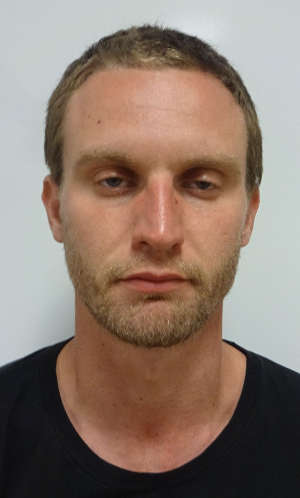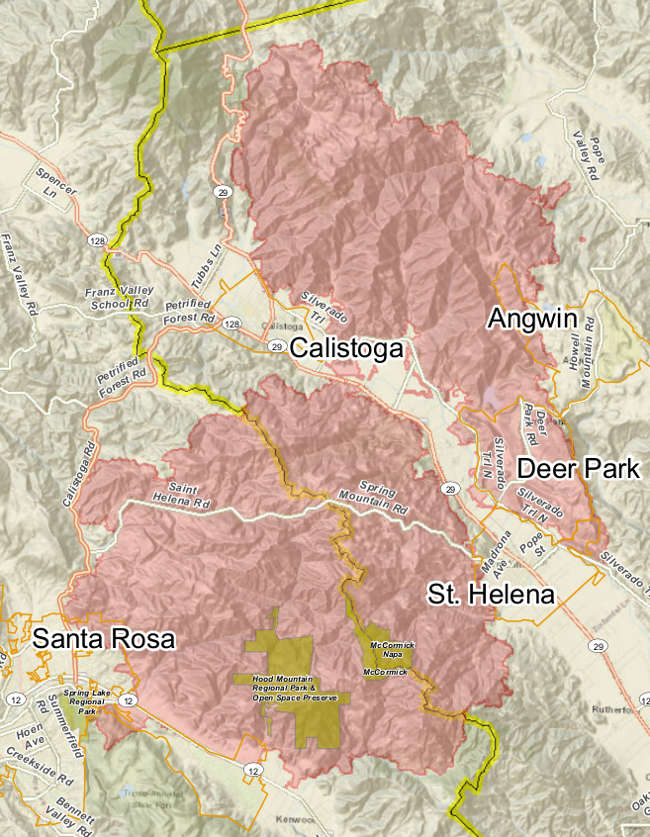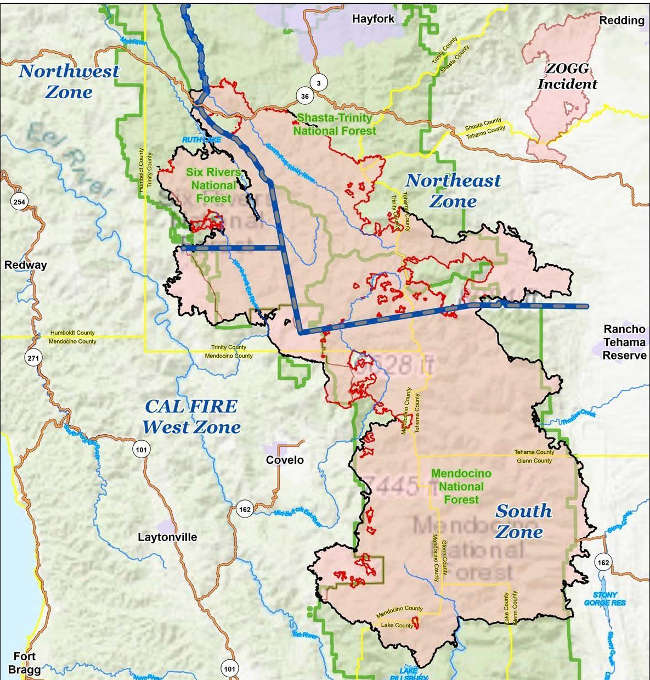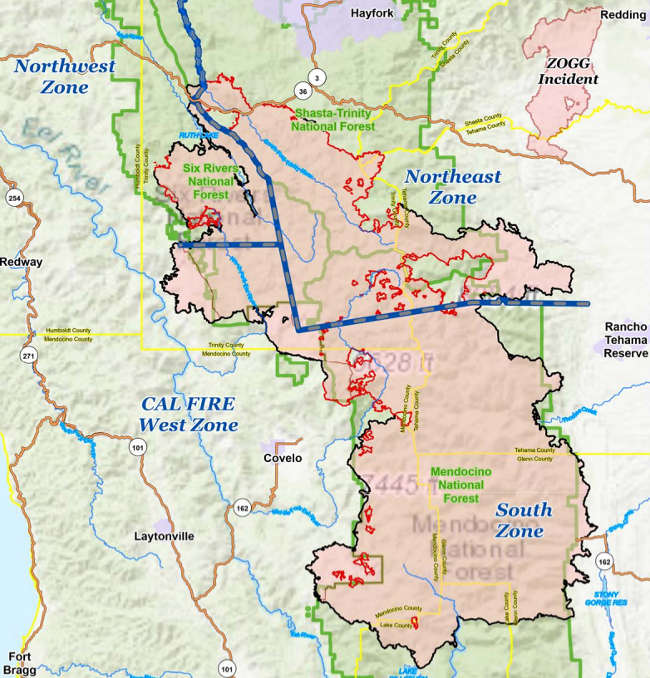- Lake County News reports
Clearlake Oaks man convicted, sentenced for setting June fire

LAKE COUNTY, Calif. – The District Attorney’s Office reported that a Clearlake Oaks man has been convicted and sentenced to felony probation and jail time for setting a fire in June.
On Oct. 5, Joseph Edward Calia Jr., 28, was convicted of committing felony arson, said Chief Deputy District Attorney Richard Hinchcliff.
According to investigation reports, sheriff’s deputies and Cal Fire Arson Investigator Joe Baldwin responded to a reported fire on June 23 at 2:10 a.m. on New Long Valley Road south of Pomo Trail near Clearlake Oaks.
Hinchcliff said Deputy Tony Bracisco contacted Calia, who admitted starting the fire. Calia stated that he had become involved in a verbal argument with his girlfriend and left the residence on foot in the dark and was walking on New Long Valley Road toward Highway 20.
Calia told investigators that while walking in the dark he saw something moving in the bushes and believed it was a mountain lion about to pounce on him. He told investigators at first he did not see the mountain lion, then stated he did see it.
He then used matches he had to start a fire on both sides of the road to scare the lion away and to create light so he could see, according to his statement to investigators.
Hinchcliff said Calia later told the same story to Baldwin, who determined the fire started where and in the manner described by Calia.
The fire was extinguished by Cal Fire and burned a little more than a quarter of an acre of brush, Hinchcliff said.
Hinchcliff said further investigation revealed that Calia suffered from some mental health issues and had no prior criminal convictions. He advised he was willing to participate in mental health treatment programs.
Hinchcliff prosecuted the case and Thomas Quinn was appointed to represent Calia.
Because of the mental health issues and lack of any criminal convictions, it was agreed that Calia would be placed on formal felony probation.
Calia pleaded to a felony violation of Penal Code 451(c), arson of forest land, and was sentenced by Superior Court Judge Andrew Blum on Oct. 5.
Hinchcliff said Calia was placed on three years’ formal probation, sentenced to 280 days jail and 80 hours work service, will be required to register as an arson offender for his lifetime, ordered not to possess any accelerants or items that can be used to start a fire and ordered to comply with orders of the Probation Department, including Behavioral Health counseling and treatment with mental health staff.

 How to resolve AdBlock issue?
How to resolve AdBlock issue? 








